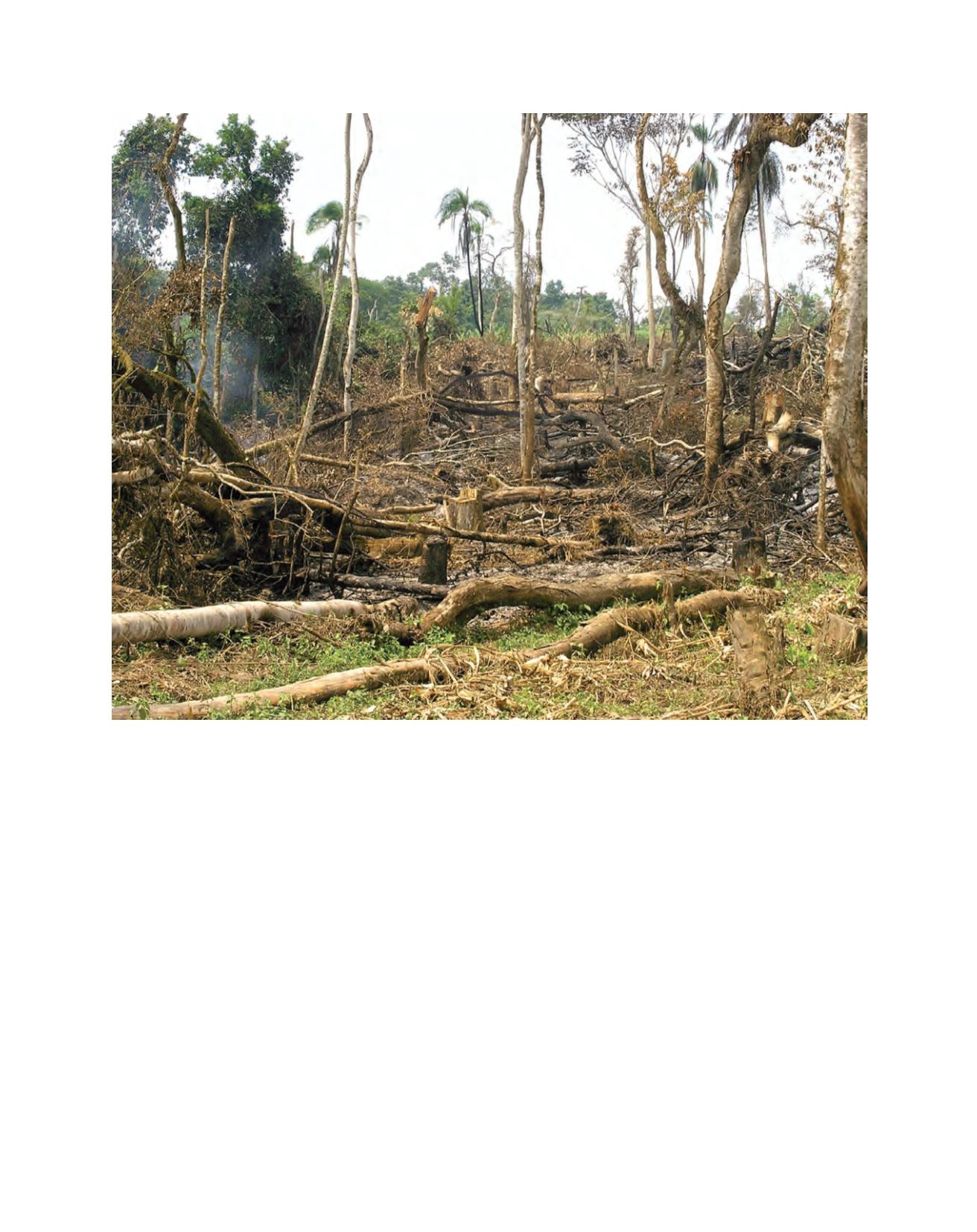

[
] 132
institutional capacity-building. These projects take a
participatory approach and local communities have a
key role in their implementation. Most of the projects
are also integrated with other sectors such as agricul-
ture and water resources. Overall, these projects are
having positive impacts through the provision of wood
and non-wood forest products as well as providing
environmental benefits. The projects have supported
more than 360,000 beneficiaries, including organized
associations and groups, through training and capac-
ity-building. Other donor agencies, non-governmental
organizations and private sector operators are also
working with the Bank member countries.
Countries that have benefited from the Bank’s invest-
ment in forestry projects during the last thirty years include
Liberia, Cote d’Ivoire, Nigeria, Togo, Mali, Burundi, Malawi,
Mozambique, Cameroon, Democratic Republic of Congo,
Benin, Rwanda, Ghana, Uganda, Kenya, Burkina Faso and
Niger. The Bank’s active portfolio currently comprises five
projects with a commitment value of over US$110 million
in Benin, Burkina Faso, Burundi and Kenya.
The Bank’s policy supports reforestation/afforestation, rehabilita-
tion of degraded lands, community-based management of natural
forests and planted woodlots, conservation of forest resources and
watershed management, especially around major river basins, as
well as all other activities that mitigate the threats to the stabil-
ity of the ecosystems. The strategy aims to contribute to extending
the area under SLM by supporting interventions that will help in
reversing land degradation trends and sustaining the productivity
of the natural resource base. It also supports the maintenance of
soil fertility, increased productivity per unit of resource used and
the halting of practices that utilize the resource base beyond its
regenerative capacity.
These interventions are playing a catalytic role in encouraging
governments and other development partners to invest more in the
sector. At the close of 2010, the Bank’s forestry portfolio comprised
12 projects with a commitment value of UA190 million (about
US$290 million). The 12 projects were located in 9 countries,
namely: Benin, Burkina Faso, Burundi, Cameroon, Ghana, Kenya,
Niger, Rwanda and Uganda. The focus of these projects included
natural resource conservation and management, rehabilitation of
degraded indigenous forests, agroforestry, community forestry and
Deforestation in Uganda
Image: SAWLOG. Uganda 2007
















